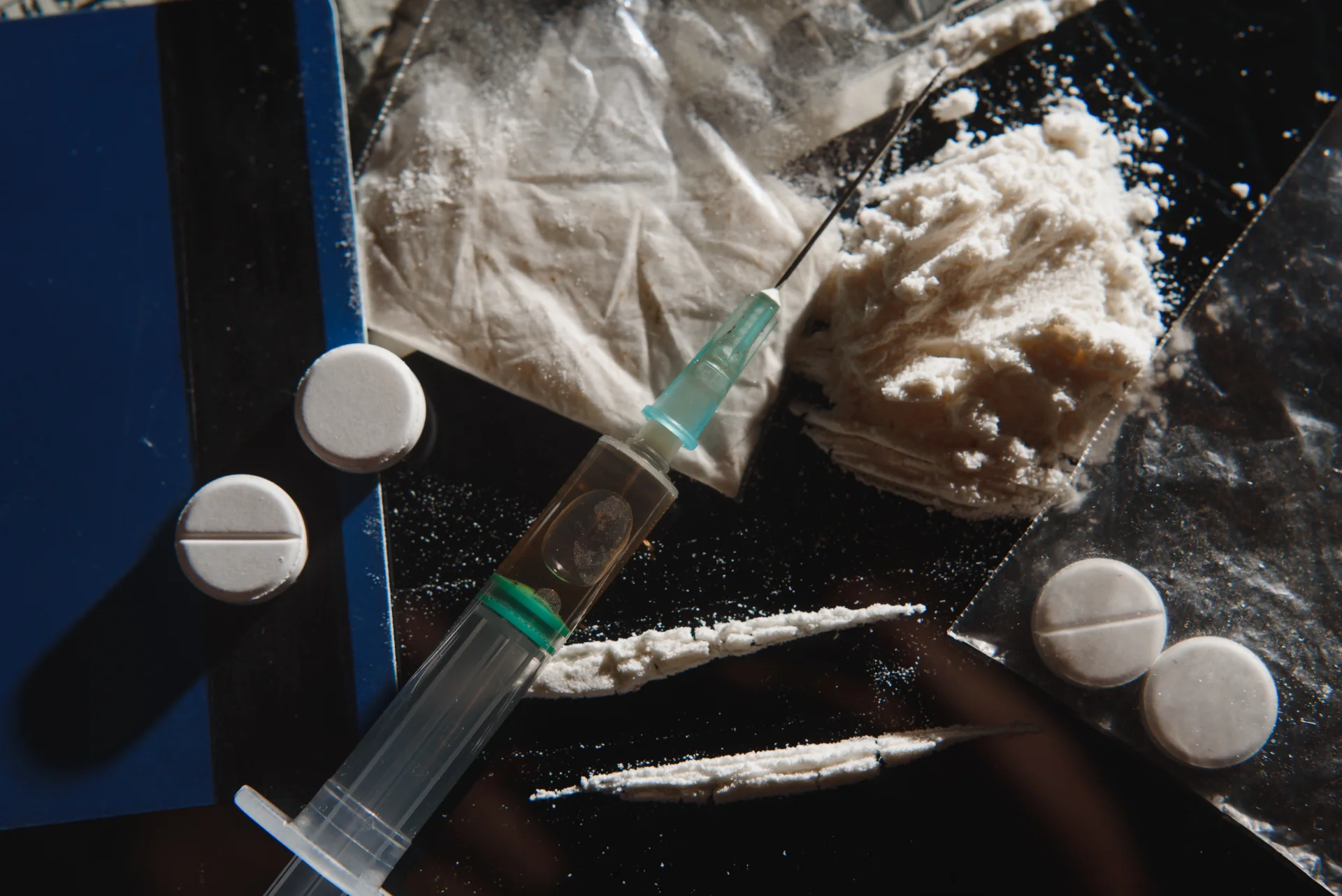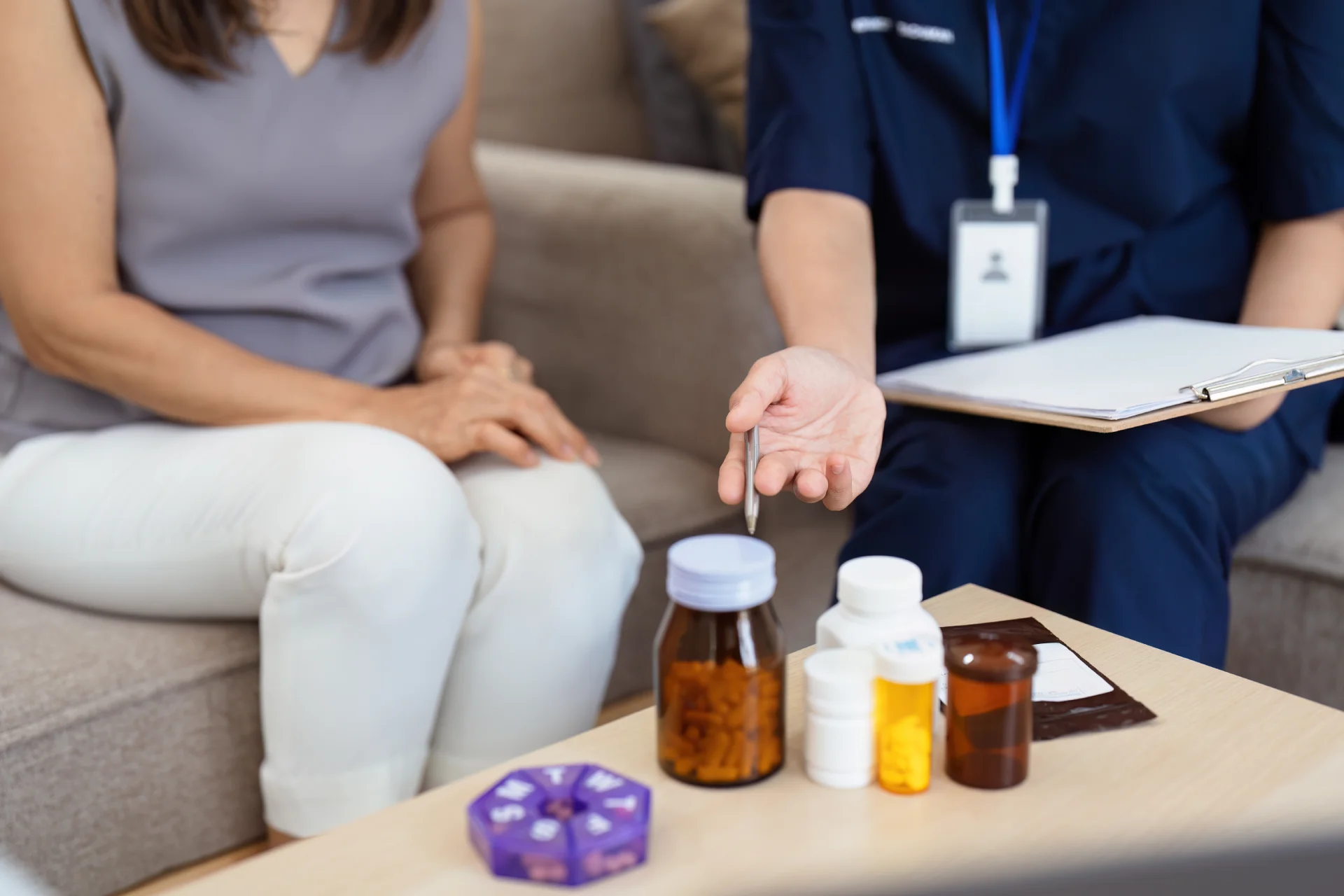Heroin Addiction Treatment in Long Island
Our Long Island heroin guide explains how dependence develops, why medical detox is safest, and how medications, therapy, harm reduction, and aftercare support long-term recovery with confidential referral help to trusted local programs.
Covered by most insurance plans
Available to help you 24/7
Table of Contents
Heroin is an illegal, short-acting opioid that can be injected, snorted, or smoked. It powerfully activates the brain’s opioid receptors, producing euphoria while suppressing pain and breathing. In recent years, the risk landscape has worsened because a large proportion of the street supply is adulterated with illicit fentanyl, which is much more potent and dramatically increases overdose risk. On Long Island, this contamination pattern mirrors national trends, contributing to emergency visits and fatalities. Long Island Addiction Resources is a confidential referral service for Nassau and Suffolk residents we are not a rehab or medical provider. We listen to your needs, verify insurance benefits, and connect you with licensed detox and treatment programs nearby.

Understanding Heroin Dependency and Why Stopping Is Hard
Heroin use escalates from tolerance (needing more for the same effect) to physical dependence (withdrawal when you cut back) and can progress to addiction, a chronic condition marked by loss of control and compulsive use despite harm. Brain changes occur in networks for reward, stress, memory, and decision-making, which is why “just quitting” rarely works without medical and behavioral support. Because heroin depresses breathing and heart rate, overdose can be fatal especially when combined with alcohol, benzodiazepines, or fentanyl-contaminated pills and powders.
Recognizing the Need for Detox
Detox is the medically supervised process of clearing opioids while managing withdrawal and beginning stabilization. Trying to quit at home often leads to severe dehydration (from vomiting/diarrhea), cardiovascular strain, overwhelming cravings, and rapid relapse, at a moment when tolerance has dropped, which raises overdose risk. A Long Island–based detox team can keep you safe, treat symptoms, and bridge you into ongoing care the moment you’re ready.
What Heroin Detox Looks Like on Long Island
Comprehensive assessment. On admission, clinicians review your medical and psychiatric history, substances used (including possible fentanyl exposure), prior treatments, medications, allergies, and goals. This guides a personalized plan.
Medical stabilization. Vitals are monitored, hydration and nutrition are supported, and targeted non-opioid medications treat nausea, cramps, diarrhea, anxiety, and insomnia. When appropriate, medications for opioid use disorder (MOUD) are started to reduce withdrawal and cravings (see below).
Therapeutic support. From day one, you’ll have access to counseling that normalizes what you’re feeling, teaches coping skills for cravings, and prepares you for the next level of care. Facilities typically provide private or semi-private rooms, sanitary bathrooms, and quiet spaces for rest.

Withdrawal Symptoms and Timeline
Early withdrawal (8–24 hours after last use) often brings anxiety, restlessness, yawning, runny nose, sweating, chills, and insomnia. Peak symptoms (days 2–3) can include muscle and bone pain, abdominal cramps, nausea, vomiting, diarrhea, gooseflesh, dilated pupils, elevated heart rate and blood pressure, and intense cravings. Many symptoms improve within 5–10 days, but sleep, mood, and energy can lag for weeks without structured support.
Post-Acute Withdrawal Syndrome (PAWS)
After acute detox, some people experience episodic waves of low mood, anxiety, irritability, fatigue, “brain fog,” and sleep disturbance that can last for weeks to months. This does not mean treatment isn’t working; it reflects the brain’s gradual recalibration. Routine, exercise, therapy, and when appropriate medications can markedly reduce PAWS intensity. A written plan that lists personal triggers and “if-then” coping steps helps you ride out these waves without returning to use.
Medications That Improve Outcomes (MOUD/MAT)
Buprenorphine. A partial opioid agonist that eases withdrawal and cravings with a ceiling effect that lowers overdose risk. Standard induction begins once moderate withdrawal is present. For people with heavy fentanyl exposure, some prescribers use micro-induction to minimize precipitated withdrawal. Buprenorphine can be continued long-term as maintenance or tapered slowly later.
Methadone. A full agonist dispensed in structured programs (with daily observed dosing initially). It powerfully suppresses cravings and withdrawal and is appropriate when close oversight or higher agonist support is needed.
Naltrexone (after full detox). A non-opioid antagonist that blocks opioid effects. It can be used as monthly injections or daily tablets once you are fully opioid-free.
These medications are evidence-based, reduce mortality, and are available across Long Island in hospital-based detox units, specialty clinics, and office-based practices. Your team will help choose the best option for your goals, health history, and lifestyle.
Therapies That Strengthen Recovery
Cognitive Behavioral Therapy (CBT). Identifies high-risk thoughts and situations, builds coping strategies, and creates a practical relapse-prevention plan (people/places/times, warning signs, and specific actions).
Dialectical Behavior Therapy (DBT) skills. Emotion regulation, distress tolerance, and interpersonal effectiveness for managing “hot” moments without using.
Motivational Interviewing (MI). Aligns treatment with your values (family, work, health) and strengthens commitment to change especially useful when ambivalence is high.
Trauma-informed care and dual-diagnosis treatment. Many patients have co-occurring PTSD, depression, or anxiety. Treating both the substance use and mental health conditions together improves outcomes.
Peer and family support. Mutual-aid groups, recovery coaching, and family sessions reduce isolation, strengthen accountability, and improve communication at home.
Levels of Care on Long Island
- Medical detox & inpatient stabilization: 24/7 monitoring, MOUD initiation, and rapid linkage to next steps.
- Residential rehab: Structured, live-in therapy for those who need distance from triggers.
- Partial Hospitalization (PHP) & Intensive Outpatient (IOP): Multiple therapy days per week with medication management while living at home or in recovery housing.
- Standard outpatient: Weekly therapy and medication follow-ups once stable.
- Recovery housing & supportive services: Sober living, vocational supports, and case management.
Harm Reduction and Safety
- Carry naloxone; teach friends and family to use it. Call 911 for any suspected overdose.
- Avoid mixing heroin with alcohol, benzodiazepines, or sedatives; this combination sharply increases respiratory depression.
- Assume any non-pharmacy pill or powder could contain fentanyl; fentanyl test strips reduce but do not eliminate risk.
- Do not use alone. After any period of abstinence, use far less than before tolerance drops quickly.
Overcoming Common Fears About Detox
It’s normal to worry about discomfort, stigma, or the unknown. A supervised program anticipates these concerns: symptoms are treated aggressively, privacy is respected, and you’ll have a clear day-by-day plan. Early optimism (sometimes called a “pink cloud”) can feel great but may lead to overconfidence; your team will help set realistic goals and schedules to sustain progress after discharge.
Our Role on Long Island
Long Island Addiction Resources is not a detox or rehab. We are a confidential, local referral service. We help Nassau and Suffolk residents (and nearby boroughs) compare licensed detoxes, residential programs, PHP/IOP, outpatient therapy, and MOUD prescribers that fit your clinical needs, location, and insurance. We can also arrange professional interventions and provide guidance on recovery housing and peer support options.
Take Your First Step Toward Heroin Recovery in Long Island
If you or a loved one are ready to end your alcohol and drug use, there are many recovery options available near you in Long Island
Rehab Programs
Are you ready to take back control over your life?
Making the decision to seek help is one of the hardest and bravest steps you can take. We know that the recovery process is not always easy—there may be challenges along the way—but every step forward brings you closer to a life free from the weight of addiction.
Find treatment options covered by insurance















Let today be
your Day 1
We'll get on a call, assess your health history, and verify your insurance. Today is Day 1. We can't wait to celebrate Day 1000 with you!
Fill out this simple form and we’ll call you right back.
Frequently Asked Questions
We'll get on a call, assess your health history, and verify your insurance. Today is Day 1. We can't wait to celebrate Day 1000 with you!
How does heroin addiction develop?
Addiction develops quickly as the body builds tolerance, requiring more of the drug to feel the same effects. This leads to physical dependence and compulsive use.
What are the symptoms of heroin withdrawal?
Withdrawal begins within 6–12 hours after the last use, starting with anxiety, yawning, sweating, and insomnia, then progressing to nausea, vomiting, diarrhea, muscle pain, and cravings.
Why is medical detox important for heroin withdrawal?
Medically supervised detox ensures safety, manages withdrawal symptoms, prevents dehydration, and supports stabilization with medications when necessary.
Can therapy help in heroin recovery?
Yes. Therapies such as Cognitive Behavioral Therapy (CBT), Dialectical Behavior Therapy (DBT), Motivational Interviewing, and trauma-informed counseling help address emotional and behavioral triggers.
Can people fully recover from heroin addiction?
Yes. With professional treatment, therapy, and continued support, many individuals achieve long-term recovery and lead fulfilling, healthy lives.
